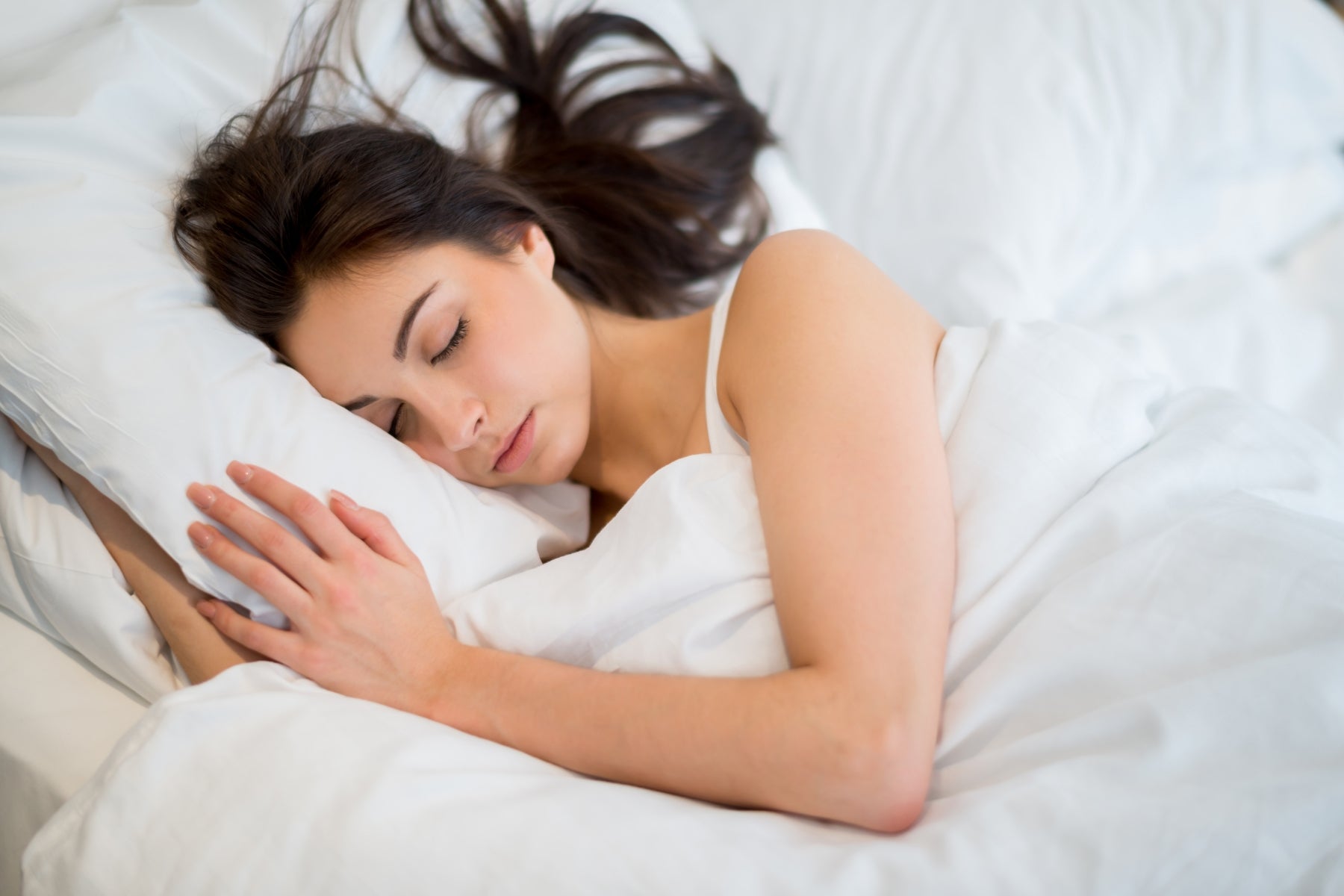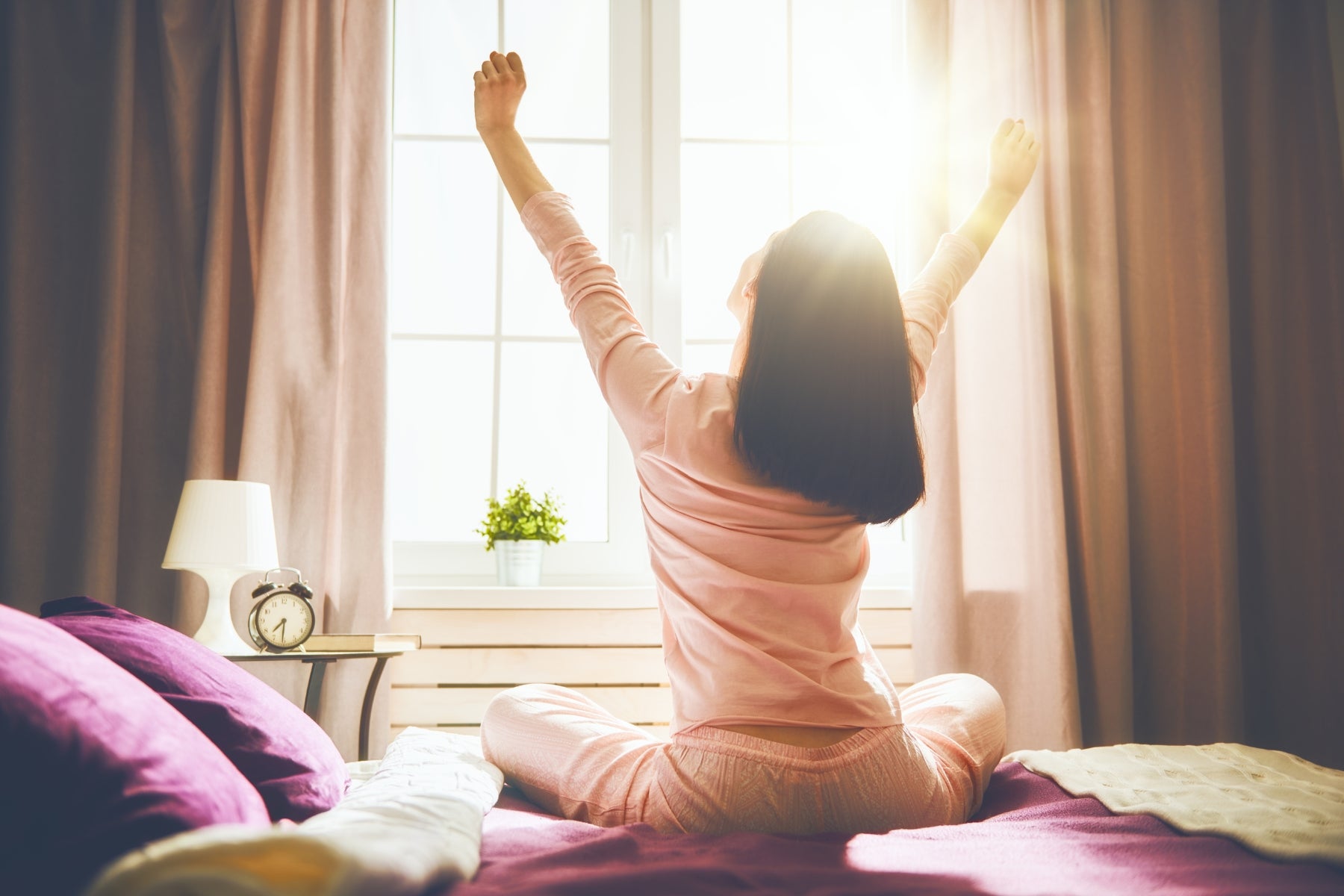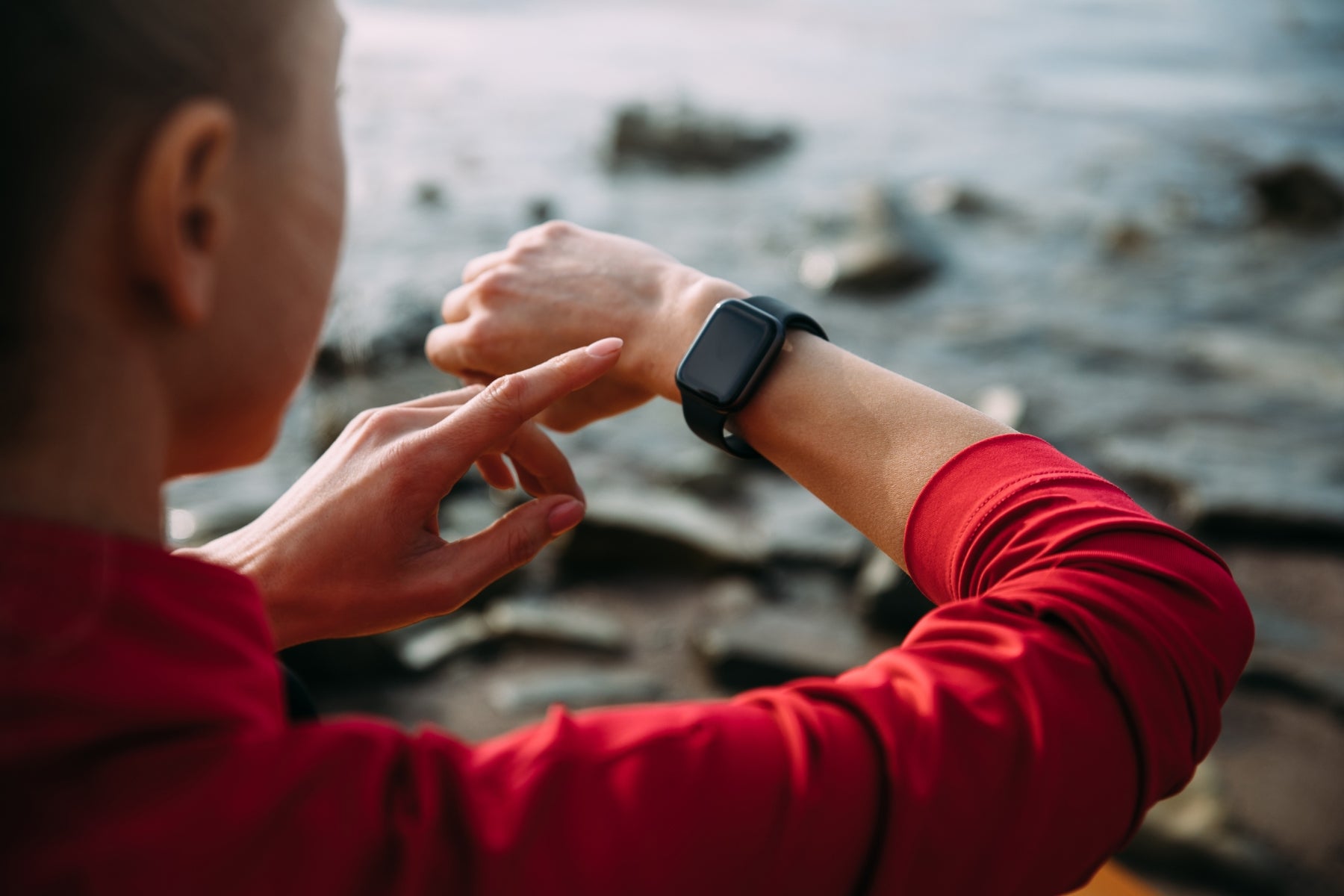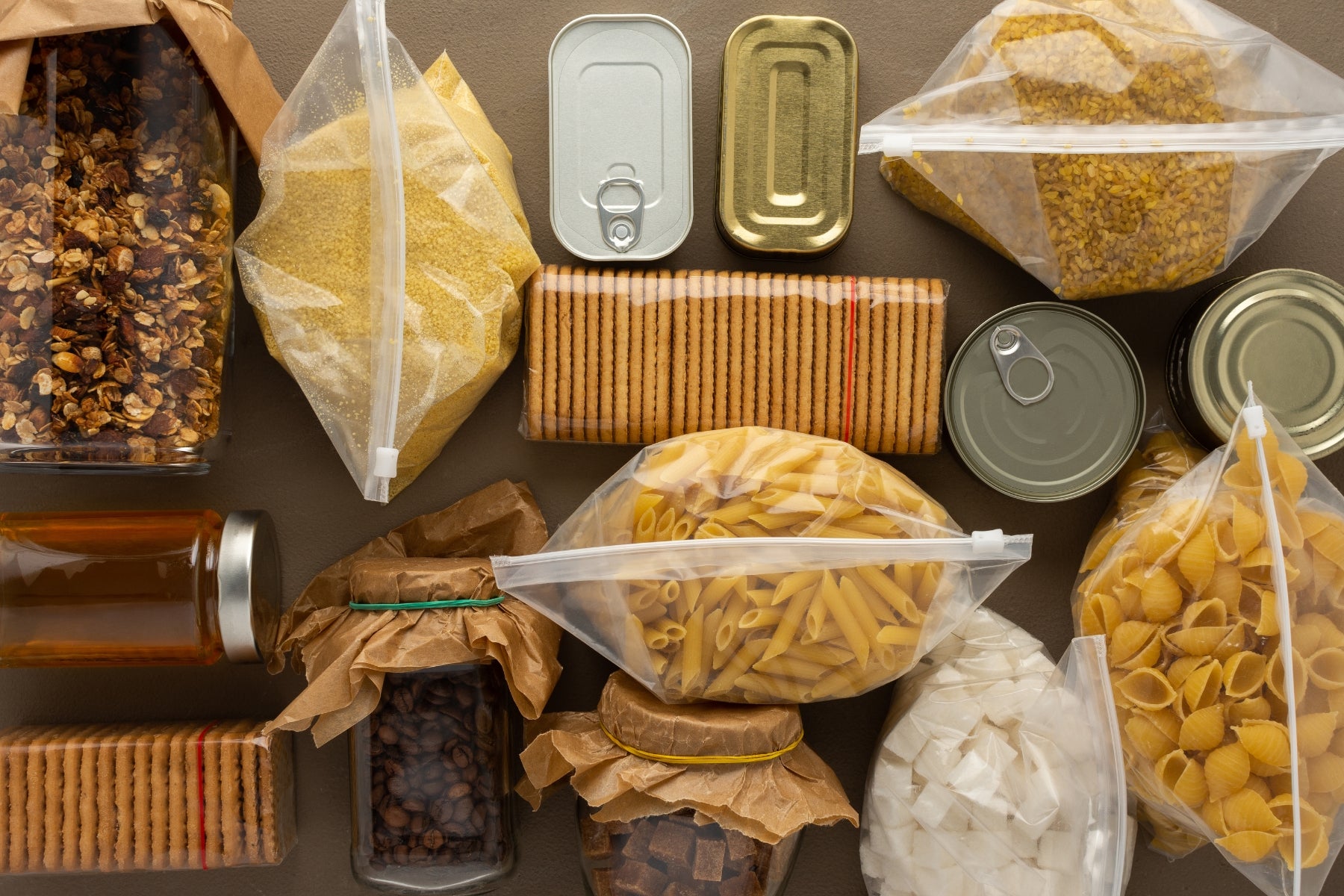Obsah
1
Tipy, jak usnout
Tmavé a chladné - ideální podmínky prostoru pro zdravý spánek
Sdílejte svou postel se svým partnerem, ne se smartphonem - modré světlo jako důležitou příčinu problémů se spánkem
Rytmus to dělá - dobrá hygiena spánku s pevnými rituály a časy
Jídlo dělá noc - vyvážená strava proti neklidnému spánku
Žádný sport, žádný kofein, žádný alkohol - alespoň ne před usínání
Nejdůležitější věc zkrátka: měli byste si pamatovat tyto tipy na spánek
2
Proč je relaxační spánek důležitý?
Váš imunitní systém zvyšuje zdravý spánek
3
Zdravý spánek vs. špatný spánek: Shrnutí výhod a rizik
4
Adenosin a melatonin jako vlastní spoušť spánku těla
Hormony umožňují - adenosin a melatonin usnout
Regenerujte, detoxikujte, uklizejte - jak zdravý spánek dává tělo a mozek do dobré kondice přes noc
5
Krátký a ostrý: Přehled spánkových hormonů a procesů
6
Co dělá zdravý spánek?
6, 7 nebo 8 hodin - jaká je optimální doba spánku?
Kvalita nebo množství? Co je rozhodující pro relaxaci spánku?
Jaké typy spánku jsou a co je polyfázický spánek?
Čtyři fáze spánku
Boční poloha, břicho nebo zpět? Co je to zdravá poloha spaní?
7
Závěr
| Výhody zdravého spánku | Rizika nedostatku spánku a špatného spánku |
|---|---|
| Váš imunitní systém zvyšuje zdravý spánek | Váš imunitní systém oslabuje příliš malý spánek |
| Zdravý spánek pomáhá při spalování tuků | Příliš málo spánku vede k přírůstku hmotnosti a zvyšuje riziko obezity a nadváhy |
| Zdravý spánek dělá emocionálně vyvážený a stres -rezistentní | Příliš malý spánek vás způsobuje náladový, citlivý a stres -propojuje; zvyšuje riziko deprese |
| Zdravý spánek zvyšuje duševní a fyzický výkon | Výkon snižuje příliš málo spánku a brání paměti |
| Příliš málo spánku zvyšuje riziko diabetu 2. typu, vysoký krevní tlak, infarkt a jistou rakovinu |
| Spánkové hormony a jejich funkce | |
|---|---|
| Melatonin | Ve tmě se hormon spánek uvolňuje do harmonie s naším cirkadiánním rytmem a ukazuje naše tělo: čas pro postel |
| Adenosin | Vstává v tělesných buňkách s vysokou spotřebou energie a signalizuje tělo, po velké aktivitě, únavě |
| Procesy regenerace ve spánku | |
| Glymphatický systém otřel a detoxikuje váš mozek během hlubokého spánku | |
| Mozkové zpracování emocí, informací a během dne | |
| Buňky v těle se obnovují | |
| Růstové hormony umožňují dětem a dospívajícím růst a podporovat budování svalů a údržbu kostí u dospělých přes noc |



